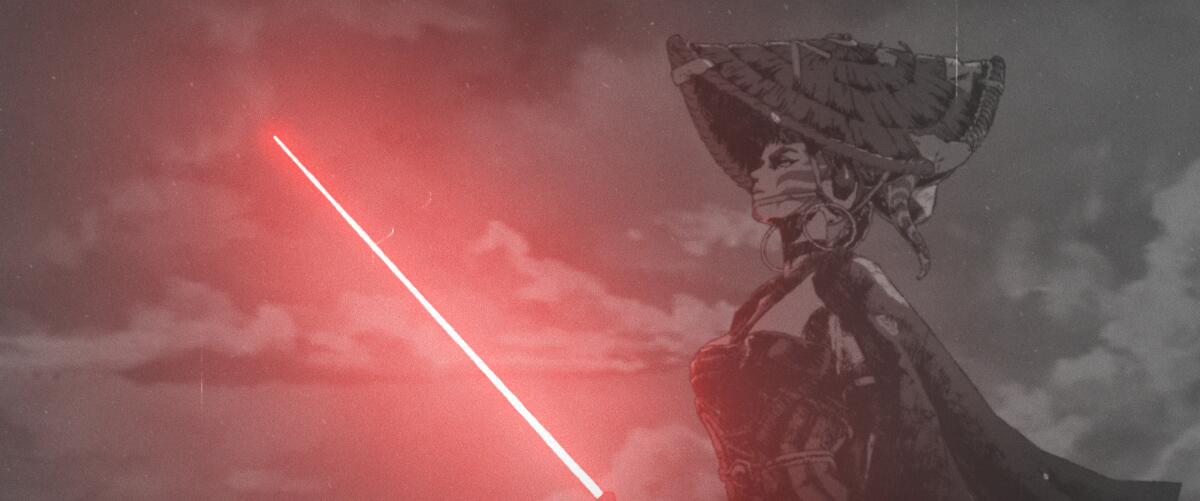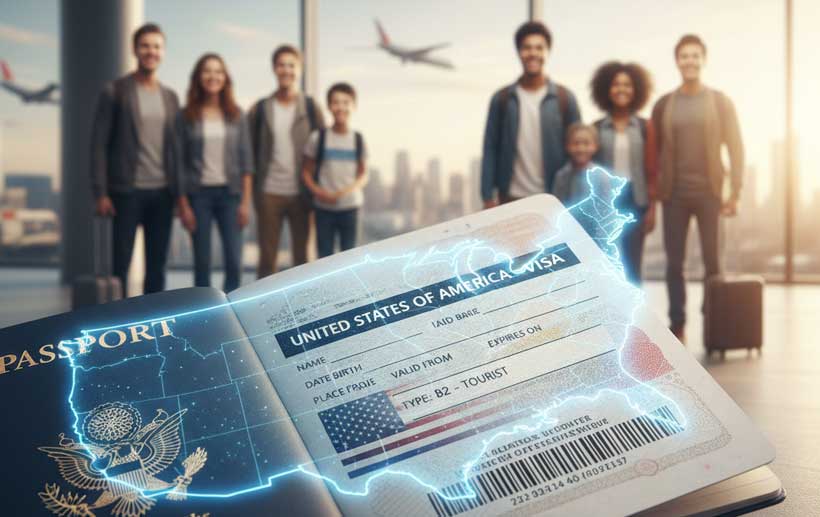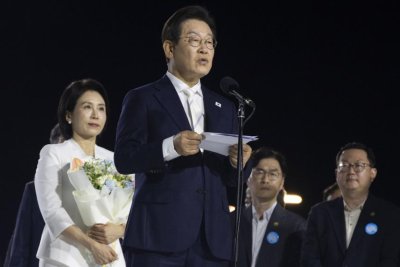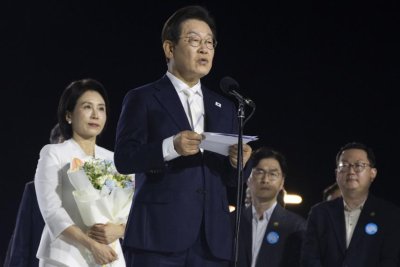‘Star Wars: Visions’: 11 anime shows to watch next
After going global for its second volume, “Star Wars: Visions” Volume 3 brings the anthology series back to its roots with a new slate of shorts all created by Japanese anime studios.
Each season of the Disney+ series, which launched in 2021, has infused fresh creative energy into the galaxy far, far away by giving international animation houses the freedom to explore ideas about the Force, the factions of the Galactic War and brand new planets and cultures outside of the constraints of the long-running franchise’s canon.
And while Volume 3, which premiered last week, revisits some characters that were introduced in Volume 1, it also shows how anime is a medium with range. From the gritty installment that explores the complexity of the dark sides of the Force through a battle between former Sith and Jedi (“The Duel: Payback”) to a more heartwarming story about a pair of resourceful orphans who decide to become family (“Yuko’s Treasure”), there are different types of anime for everyone.

Anée-san in “The Duel: Payback,” one of the shorts in “Star Wars: Visions” Volume 3.
(Lucasfilm Ltd.)
With movies like “Demon Slayer: Kimetsu no Yaiba Infinity Castle” and “Chainsaw Man — The Movie: Reze Arc” making waves at the box office, anime’s growing popularity is undeniable and its availability on major streamers has also made anime series and movies more accessible than ever. So for those whose curiosity about the medium has been piqued by “Star Wars: Visions,” here are some titles to check out based on the themes and stories of the nine shorts that comprise Volume 3.
Stunning fights (with some moral ambiguity)
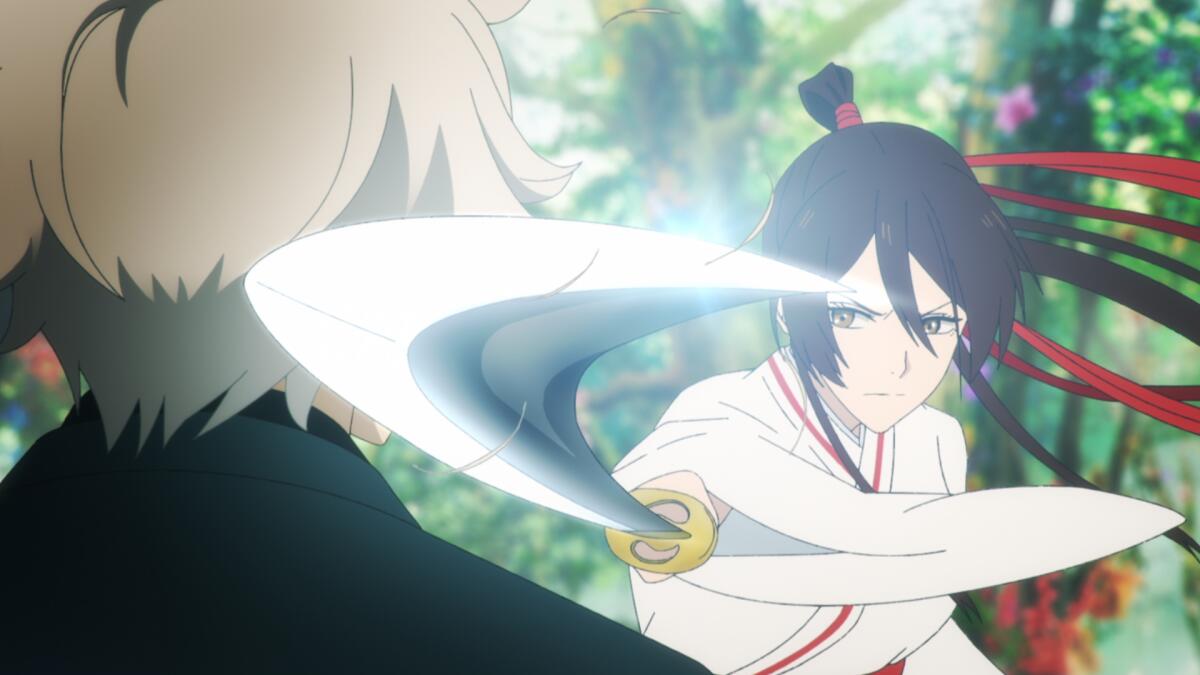
Sagiri in an episode of “Hell’s Paradise.”
(©Yuji Kaku/Shueisha, Twin Engine, Mappa / Crunchyroll)
Let’s be honest: Lightsaber duels are awesome. So it’s no surprise that a number of shorts in “Star Wars: Visions” Volume 3 leaned into stories involving Jedi and/or the Sith, including “The Duel: Payback,” “The Lost Ones” and “The Bird of Paradise.”
For those who are looking for anime featuring stylish and stunning sword-fighting scenes, the ever popular “Demon Slayer” (Netflix, Disney+/Hulu, Crunchyroll), featuring a secret organization fighting to protect humans from demons, is an obvious choice. Another show featuring stylish combat between skilled warriors and supernatural monsters is “Hell’s Paradise” (Netflix, Disney+/Hulu, Crunchyroll). The series follows a ninja who is recruited by an executioner to join a party of death row inmates on a quest to find the elixir of life on a mythical island populated with mysterious deadly threats. The successful convict will be pardoned for all of their past crimes. The premise may remind some of the supervillain team-up “The Suicide Squad,” but the fighting scenes — and the island’s inhabitants — stand alone.
Master and apprentice dynamics
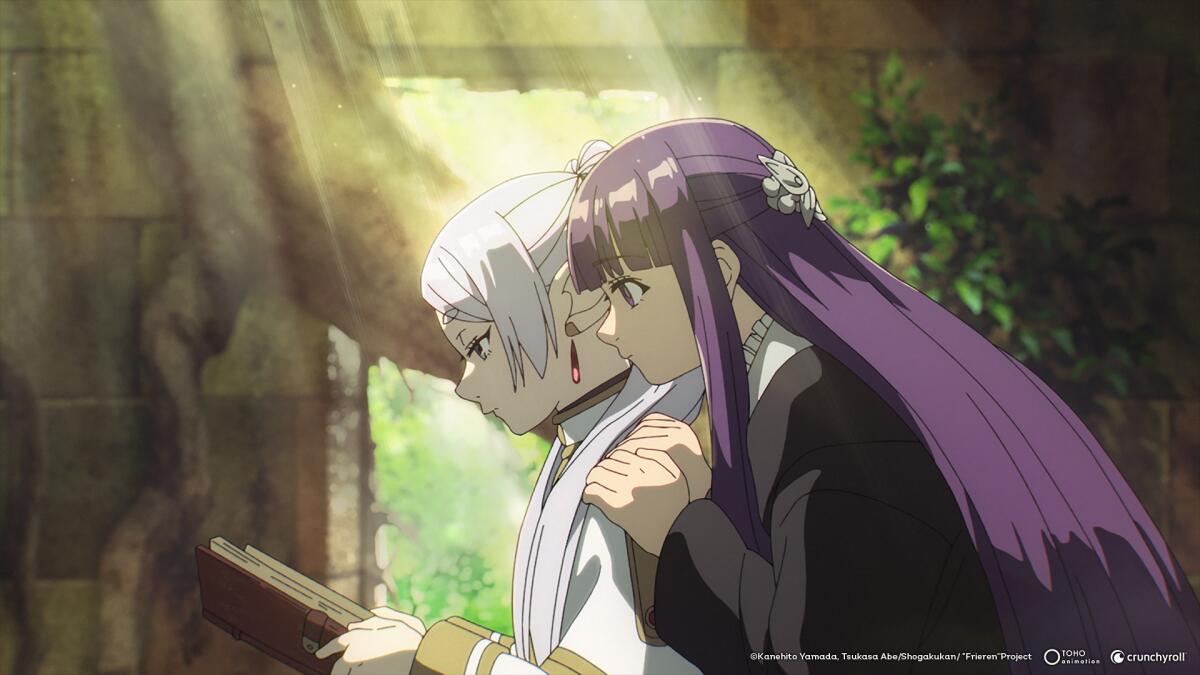
Frieren, left, and Fern from “Frieren: Beyond Journey’s End.”
(Crunchyroll)
Speaking of Jedi, “The Lost Ones” and “The Bird of Paradise” also touch on the relationship between a Jedi master and their padawan apprentice. If a story involving a lineage of student-teacher dynamics that’s about friendship, human connection, memory, mortality and legacy sounds intriguing, consider checking out “Frieren: Beyond Journey’s End” (Netflix, Disney+/Hulu, Crunchyroll). The fantasy series follows an elven mage, her young human apprentice and others they pick up along their years-long journey to visit the spirits of old friends. The show is part travelogue, part adventure quest with monsters, magic battles and dungeon exploration.
Lovable scoundrels

Kazuki, left, Miri and Rei in an episode of “Buddy Daddies.”
(©KRM’s Home / Buddy Daddies Committee / Crunchyroll)
The world of “Star Wars” is full of scoundrels that fans can’t help but love for their swagger and independent moral code, and “Visions” installments “The Smuggler” and “The Bounty Hunters” add to that legacy.
Well-known classics like “Cowboy Bebop” (Crunchyroll) and “Lupin the Third” (Tubi, Crunchyroll) and the long-running “One Piece” (Netflix, Disney+/Hulu, Crunchyroll) are good starting points for those first dipping their toes into anime and are interested in the adventures of a ragtag group of bounty hunters, thieves and/or pirates. For those looking for something new, consider “Buddy Daddies” (Crunchyroll), which follows a pair of assassin roommates who form a makeshift family after taking in a 4-year-old they encounter while out on a job. Think of it like “The Mandalorian,” if Mando had a recluse gamer co-parent and Grogu was a picky eater.
Political space wars and mech suits

Suletta Mercury in an episode of “Mobile Suit Gundam: The Witch from Mercury.”
(©Sotsu, Sunrise, MBS / Crunchyroll)
Some film and TV shows set in the galaxy far, far away are more political than others, but aspects of the conflict involving the Galactic Empire, Rebel forces and stray Jedi are touched on in a few of the shorts in “Visions” Volume 3 like “The Lost Ones,” “The Smuggler,” “Black” and “The Song of Four Wings,” with the latter featuring a young protagonist that dons a snazzy flying mech suit.
The mecha franchise “Gundam” is best known for its giant robots, but it’s a sprawling space opera that touches on political themes including the horrors of corruption, inequity and war. A recent standout is newcomer-friendly “Mobile Suit Gundam: The Witch From Mercury” (Crunchyroll). The show follows a shy new transfer student at a corporate military school where recruits train and settle disputes in giant mech suit combat. The series uses school drama and a budding teen romance as a backdrop to touch on themes such as class strife and prejudice, corporate greed and personal vengeance.
Emotionally resonant robots
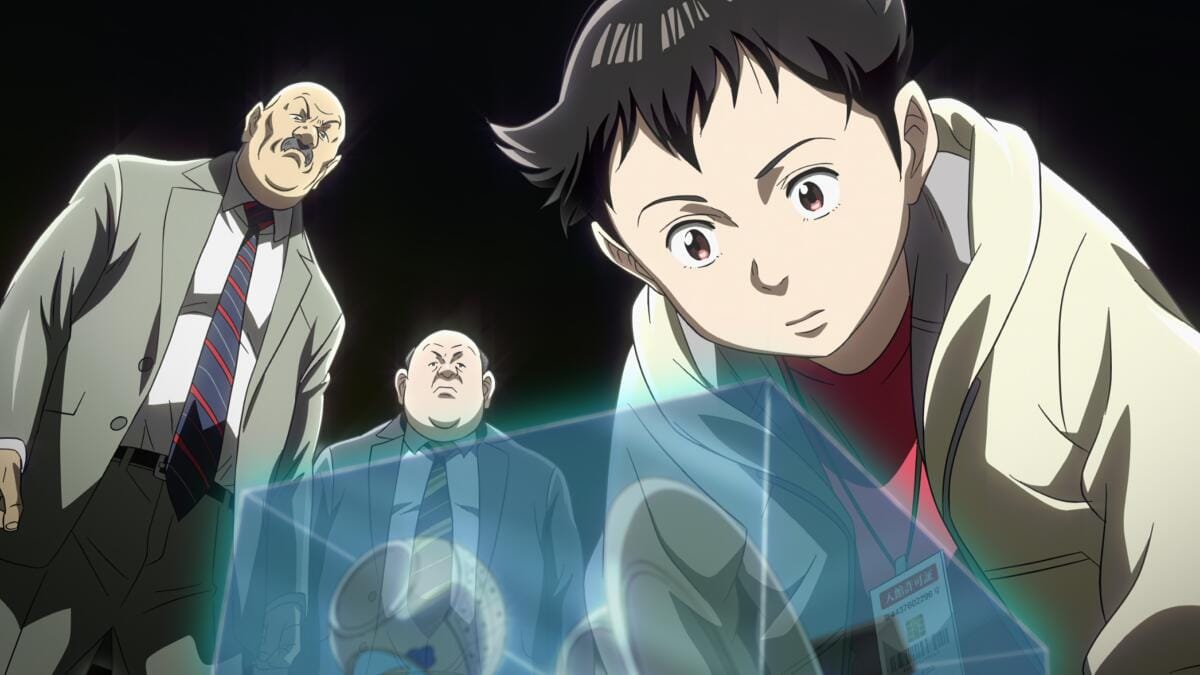
Atom in an episode of “Pluto.”
(Netflix)
From the Skywalkers’ fussy protocol droid C-3PO to Hera Syndulla’s cranky astromech Chopper, lovable androids are a “Star Wars” signature. “Visions” Volume 3 installments “The Ninth Jedi: Child of Hope” and “Yuko’s Treasure” each introduce loyal droids that tug viewers’ heartstrings.
The title androids in “Astro Boy” (also known as Atom) and “Doraemon” are kid-friendly household names in Japan akin to Mickey Mouse and Snoopy, but a more mature option is “Pluto” (Netflix). The gritty, sci-fi murder mystery series is based on a reimagining of a story arc from the “Astro Boy” manga, and is set in a world where humans live alongside robots — though the dynamic is a bit different than in “Star Wars.” The story follows a robot detective who is investigating a string of robot and human killings, and, like many sci-fi stories about androids and artificial intelligence, touches on themes like what makes humans human.

A scene from “Yuko’s Treasure,” one of the shorts in “Star Wars: Visions” Volume 3.
(Lucasfilm Ltd.)
Rambunctious kids
Plenty of “Star Wars” media is made with younger audiences in mind, but not many are about the adventures of children in the galaxy far, far away. “Vision” Volume 3’s “Yuko’s Treasure” puts a couple of orphan kids in the forefront — along with an adorable bear-like droid.
There’s no shortage of anime series about the (mis)adventures of rambunctious kids and one of the more heartwarming involves a “fake” family. “Spy x Family” (Disney+/Hulu, Crunchyroll) follows a secret agent working to maintain the fragile peace between neighboring nations and the faux happy family he constructed for his latest undercover mission. Unbeknownst to him, his adopted daughter is secretly a telepath and his fake wife is an assassin. As one might expect, a telepathic first grader with a wild imagination who lives with a spy and an assassin can get caught up in plenty of shenanigans. Bonus: The family also adopts a cute massive dog.
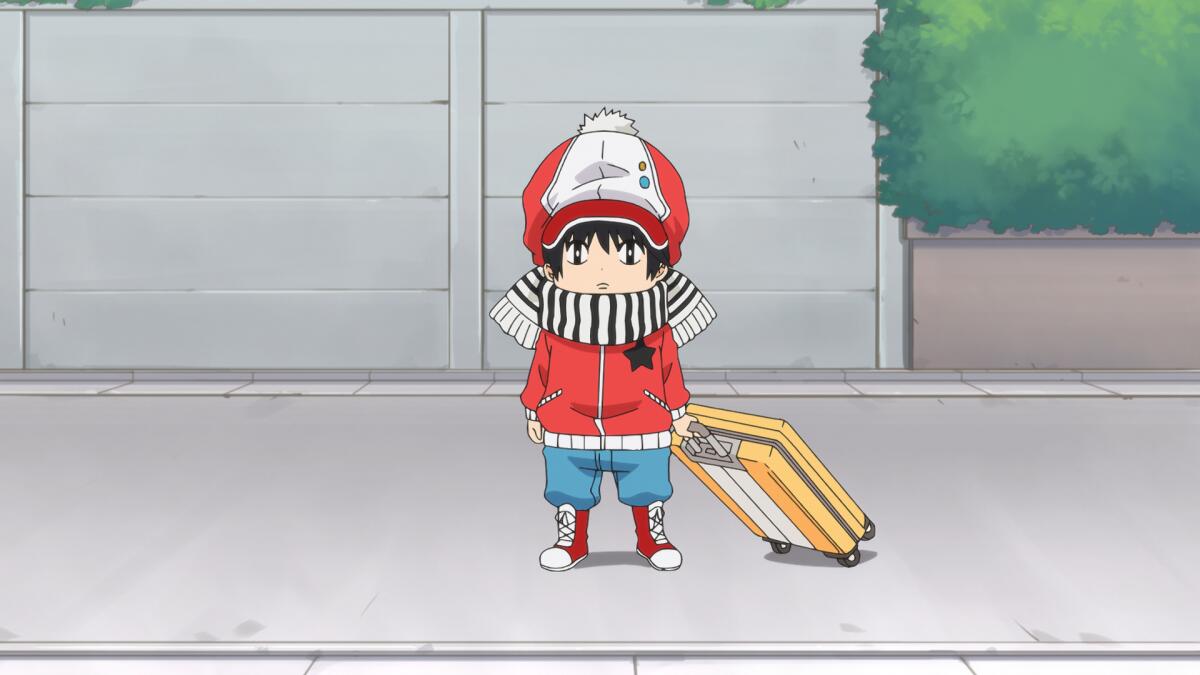
Kotaro in an episode of “Kotaro Lives Alone.”
(Netflix)
On the opposite end of the spectrum is “Kotaro Lives Alone” (Netflix), a more grounded show with just as outlandish a premise. The series follows a 4-year-old who moves into a rundown apartment complex alone — for reasons that are eventually revealed as his neighbors get to know him. The boy is unusually self-reliant and mature but also childish and understandably vulnerable. As viewers might assume, there are not many happy circumstances that could possibly lead to a 4-year-old child living on his own, but there’s more warmth than tragedy.
Musical, visual spectacle
One of the standouts in “Star Wars: Visions” Volume 3 is “Black,” a jazz-fueled, mind-bending fever dream of a Stormtrooper during a battle. The bold, music-driven 13-minute short is a visual spectacle that challenges viewers and there’s not much else out there that compares. Though it has a more structured narrative, the anime film “Inu-Oh” (Netflix) is a psychedelic rock opera that might scratch the same itch. Set in 14th century Japan, the film follows two young artists who forge a friendship because they are both outcasts — the musician is blind, and the dancer was born with monstrous deformities — and their dazzling performances drive the story.
